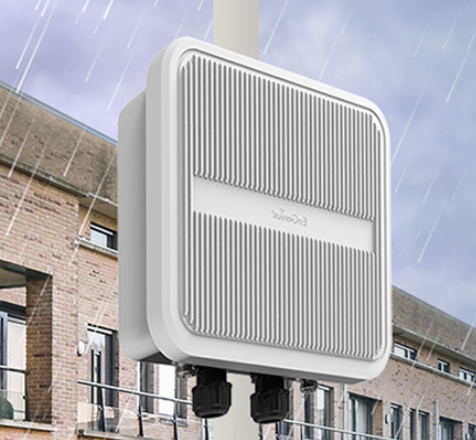
By Claus Hetting, Wi-Fi NOW CEO & Chairman
As policy makers prepare for next year’s ITU World Radiocommunication Conference 2023 (WRC-23) the issue of how to allocate especially the top half of the 6 GHz band looms large. A new paper by Wi-Fi Alliance cuts to the chase by deeming 5G/IMT deployments in the 6 GHz band simply ‘not feasible’. They are right, of course.
A large part of the world (see the full spectrum allocation map here) has already released 6 GHz spectrum to Wi-Fi and many countries – including the US, Canada, Brazil, South Korea, Saudi Arabia, and others – have released the full 1.2 GHz of spectrum. Meanwhile the battle is on to decide how in particular the top half of the 6 GHz band is to be allocated in the remaining countries and regions.
The 5G/IMT community continues to covet this spectrum (for wide-area mobile communications) and consequently a tug-of-war between 5G/IMT and the Wi-Fi industry has ensued for at least a couple of years. Now a new policy paper by Wi-Fi Alliance says straight-out that “5G/IMT deployments in the 6 GHz band are not feasible.” The paper “6 GHz Wi-Fi®: Connecting to the future” can be downloaded here.
“In most countries, the 6 GHz band is used extensively for long distance and high-capacity fixed links. The 5G/IMT proponents have not offered any viable method for coexistence with fixed networks. Similarly, 5G/IMT coexistence with 6 GHz incumbent satellite services is not guaranteed.”
– Wi-Fi Alliance, “6 GHz Wi-Fi®: Connecting to the future”.
The paper maps out the many reasons why allocating more Wi-Fi spectrum is essential for all countries and regions and then comprehensively rebuts the 5G/IMT community’s claim to the 6 GHz band. The arguments are many and they are accurate. Firstly, 5G/IMT technology is unable to coexist with incumbent 6 GHz users (and there is no practical way of moving incumbent users out of the band).
Add to this that no 5G/IMT equipment ecosystem exists for the 6 GHz band and that – conversely – the Wi-Fi device ecosystem for 6 GHz has already been commercially launched with many devices operating in the full 6 GHz band. For example: Wi-Fi 6E CPEs have already been deployed by ISPs across Europe, the US, and parts of Asia. Hundreds of Wi-Fi 6E devices are commercially available today.
Enjoying this story?
Leave your email here and we'll get you all the latest Wi-Fi news.
Meanwhile there are many other and more realistic options for allocating spectrum to 5G/IMT services and many mid-band 5G/IMT allocations are still not being used. Wi-Fi Alliance also says that the demand forecast model intended to support the case for 5G/IMT in 6 GHz and published by the 5G/IMT community is unrealistic and – in short – poorly argued as well as based on dubious data and assumptions.
For more download the full policy paper “6 GHz Wi-Fi®: Connecting to the future” here.
/Claus.









